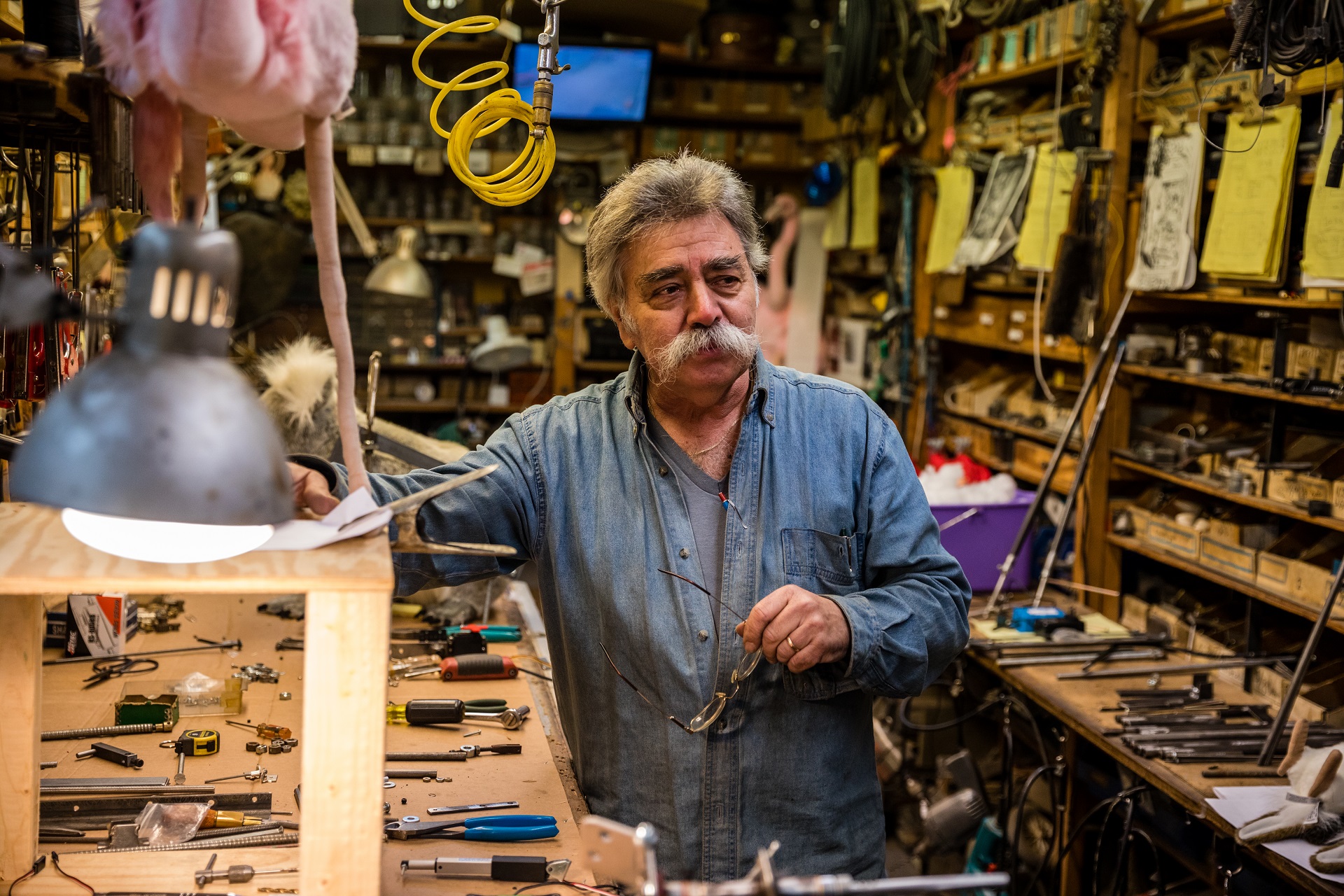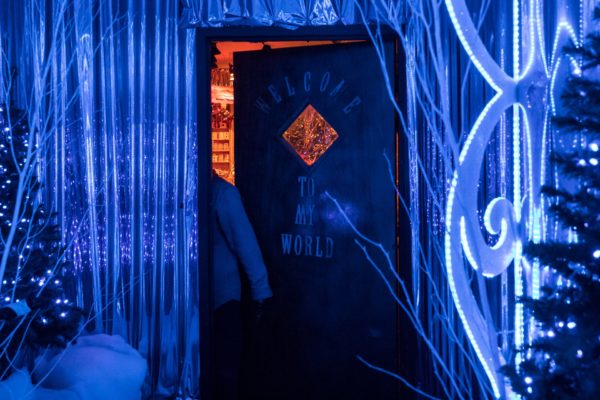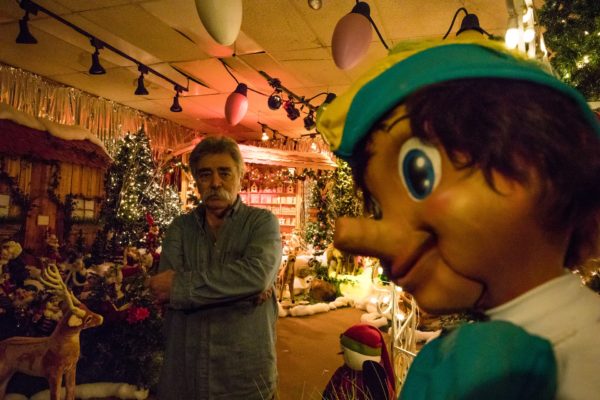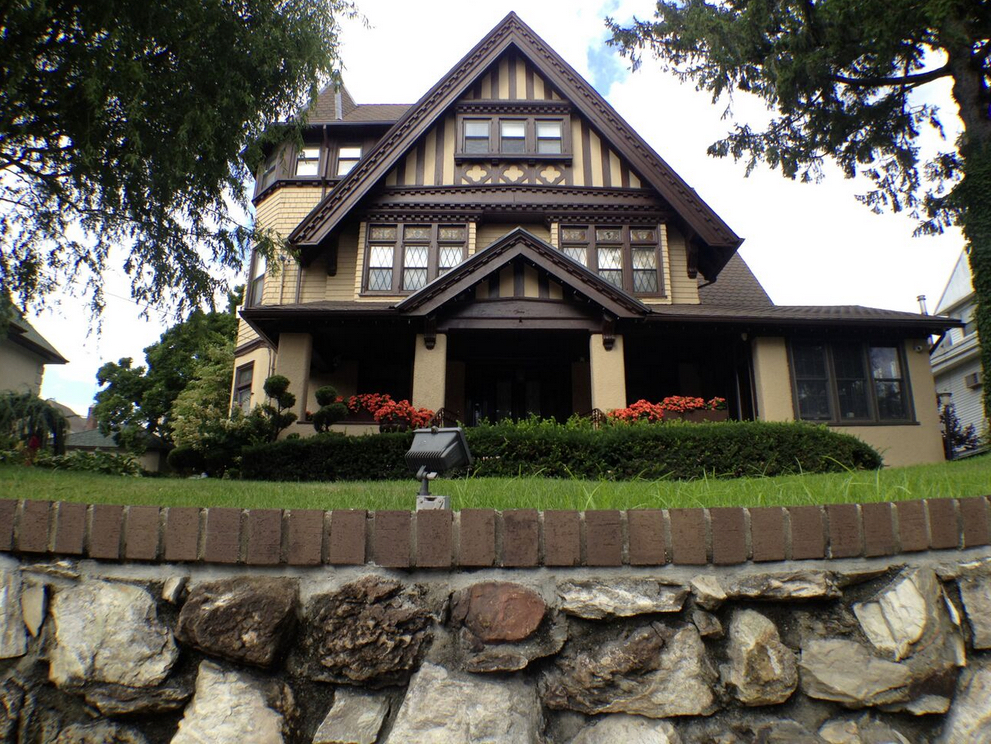VIDEO: Brooklyn’s own ‘Geppetto’ creates holiday magic

Camouflaged within the industrial streets of East Flatbush stands a workshop where Lou Nasti, engineer of the holidays, creates Christmas fairy tales. A synthetic elephant and two old skeletons guard the main entrance.
The interior of the 15,000-square-foot factory looks like any other workshop: carpentry and machinery areas are displayed along with rooms for painting, costume and setup. But, down a blue-lit entranceway vitalized by harp melodies and behind a door that reads “Welcome to my world,” there lies a very special kind of workshop.
Christmas-themed little creatures come to life around the room. Dozens of pointy-eared elves dance and bounce around and a family of teddy bears does woodwork at a carpenter shop. Dressed-up figurines dance at a music saloon.
Nasti, a small man with a big walrus mustache, runs the show here. Brooklyn-born and grey-haired, he is known as “Geppetto” for his many similarities to the woodcarving fictional character in “The Adventures of Pinacchio.” He has been creating eye-popping Christmas displays for more than 50 years.
“I can be called worse with a name like Nasti,” he joked. “I guess I’m the real Geppetto of Brooklyn.”

Lou Nasti Mechanical Display started as a small shop on Flatbush Avenue in 1965, not long after the then-17-year-old Nasti was featured in The New York Times for building a 6-foot-tall robot.
“I love mechanical mechanisms. I could not leave the house without coming back with a piece of junk — a television, wheels, gear, something — so I had to understand how things work,” he said. “I wanted to build a robot as a hobby, and it turned out to be the stepping stone in my life.”

About 16 years after he started his small enterprise, it became a promising company with a 90,000-square-foot factory and 63 employees who created Christmas windows for New York flagship stores like Gimbels, Lord & Taylor, Macy’s, Saks, Best & Co. and B. Altman, many of which went bankrupt long ago.
But Nasti was not happy.
